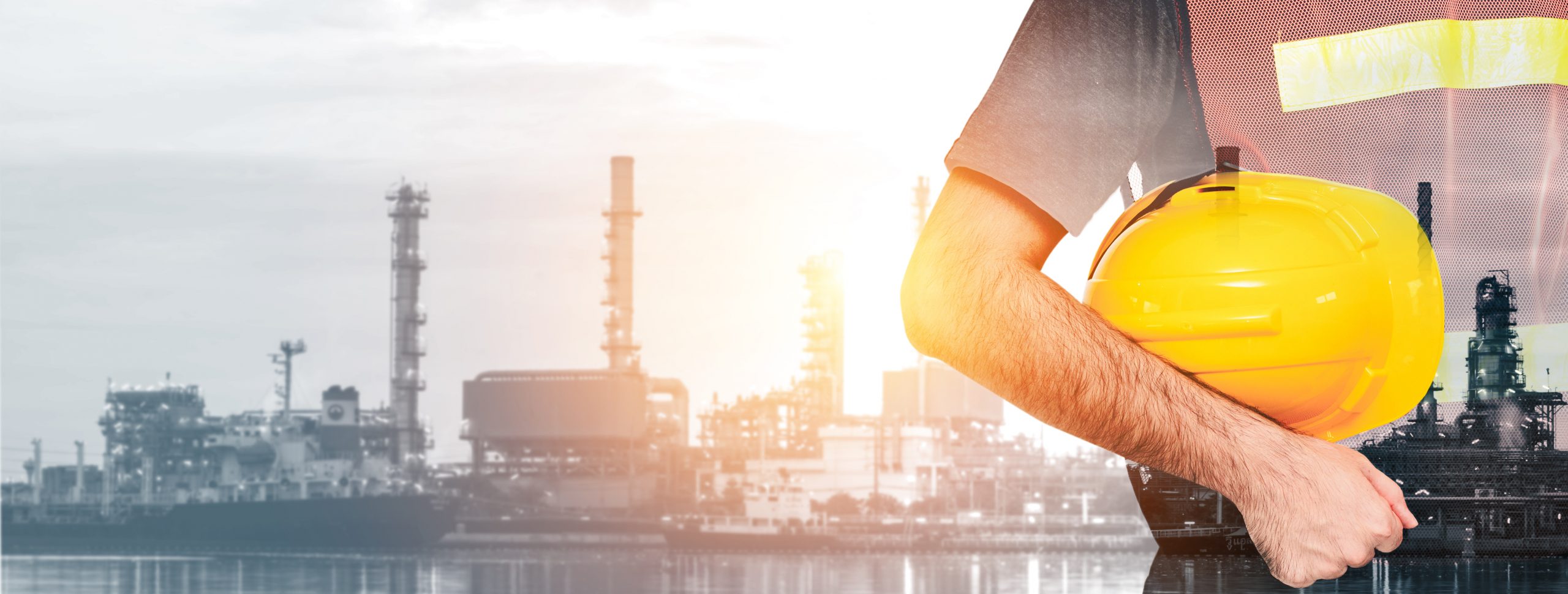
Source: CCE
On Sept. 30, RJC Engineers hosted its second annual National Day for Truth and Reconciliation webinar for engineers, contractors and architects, drawing nearly 600 attendees.
The two-hour mini-conference, ‘Building a Foundation for Reconciliation 2022: The Interconnections between Infrastructure, Culture and the Environment,’ was organized in partnership with the IISAAK OLAM Foundation, Tsawout First Nation, Halalt First Nation and the Roots to Roofs Community Development Society. By exploring how Canada’s architecture, engineering and construction (AEC) professionals can honour the Truth and Reconciliation Commission‘s Calls to Action as allies to First Nations, it expanded upon last year’s inaugural session.
Call to Action 92, in particular, asks Canada’s corporate sector to “commit to meaningful consultation” to obtain “the free, prior and informed consent of Indigenous peoples before proceeding with economic development projects,” “ensure Aboriginal peoples have equitable access to jobs, training and education opportunities and Aboriginal communities gain long-term sustainable benefits from economic development projects” and “provide education for management and staff in intercultural competency, conflict resolution, human rights and anti-racism.”
“This webinar is a resource for industry practitioners to improve their awareness of Call to Action 92 and how AEC firms can be supportive partners,” said webinar host Eric Wilson, Indigenous projects liaison with RJC and Indigenous protected and conserved area (IPCA) infrastructure and systems lead with the IISAKK OLAM Foundation. “The defining issues of our time—climate change, ecological collapse, poverty, water scarcity and social stratification—cannot be addressed through the lens of engineering, efficiency and Western government policy. Our best chance to produce meaningful solutions to these challenges is dependent on the coming together of Indigenous and Western knowledge.”
Eli Enns, co-founder and president of the IISAAK OLAM Foundation, reflected upon history, discussed the connections between infrastructure, ecology and community and explored the “growing phenomenon” of IPCAs, for which engineers can now enrol in a planning certification course. Marie-France Venneri, principal at AME Group (one of the event’s sponsors, along with AES Engineering), encouraged firms to have their employees take such classes.
Mavis Underwood, a health, wellness and fitness professional from the Tsawout First Nation, recounted how British settlers to Canada changed how land was used by driving Indigenous people off of it and raising fences.
“We were the richest people in the world,” she said. “We didn’t need money, as everything was provided for us. Now, the impact of poor infrastructure is always in the background, affecting our health.”
“The built environment reflects society’s values,” said Larissa Stendie, co-principal at Roots to Roofs. “The way housing has been developed on reserves, for example, is a very broken system. Decolonizing these structures uses traditional Indigenous knowledge of engineering.”
The event was supported by the Canadian Mountain Network (CMN) and the Conservation through Reconciliation Partnership (CRP). You can watch the entire conference recording below.
